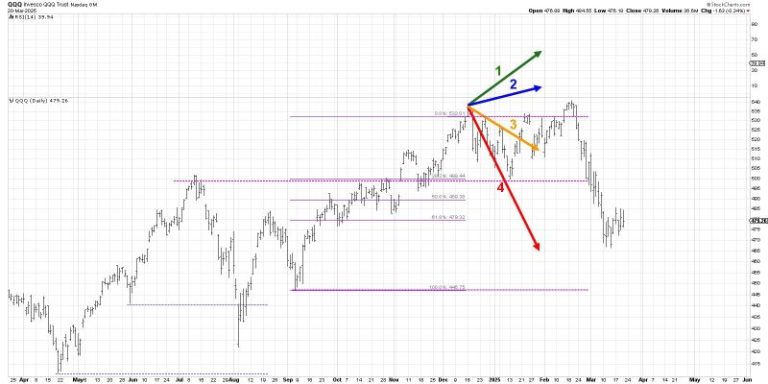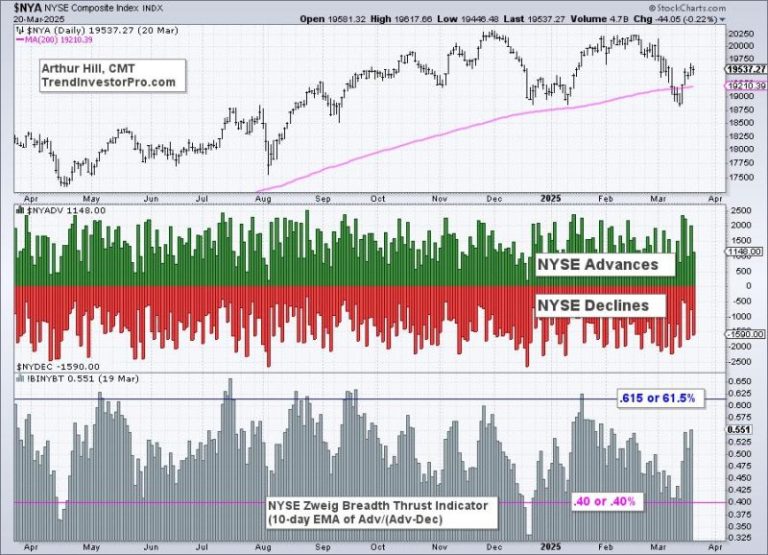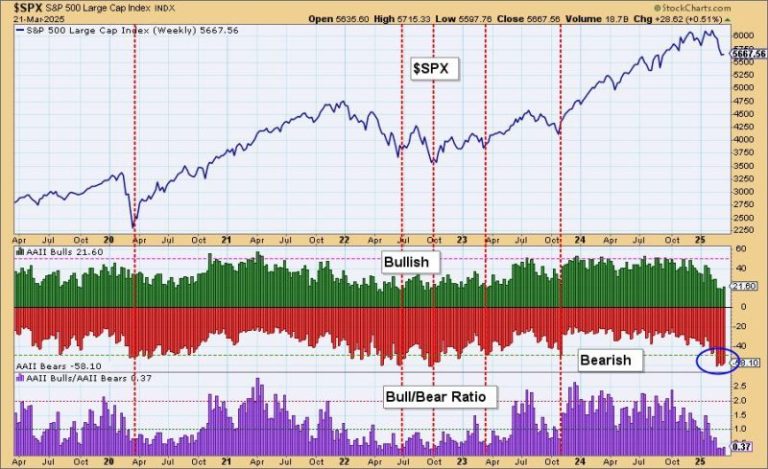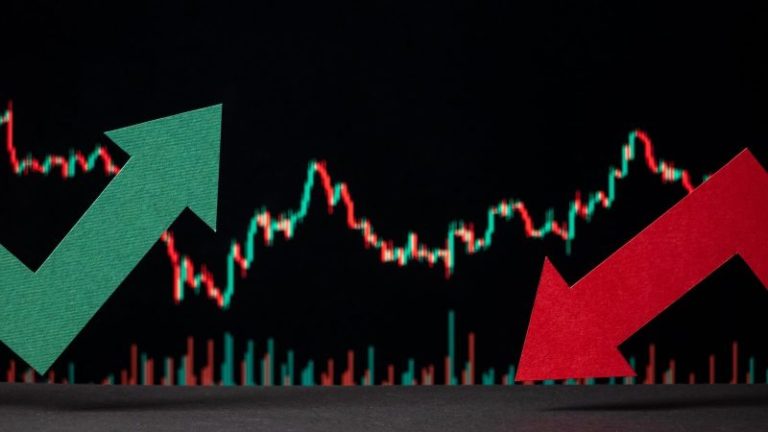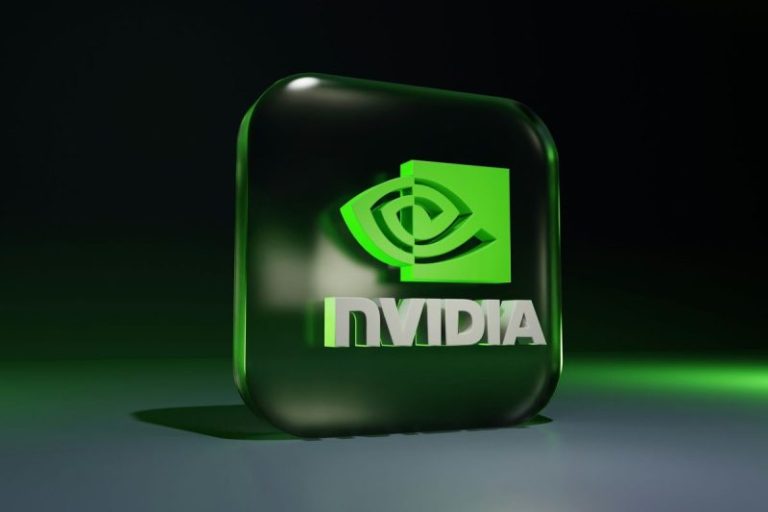Senate Minority Leader Chuck Schumer, D-N.Y., has refused to step down from his leadership position, as Democratic infighting worsens while the party struggles to agree on messaging to challenge President Donald Trump.
‘Look, I’m not stepping down,’ Schumer said in a pre-recorded interview that aired on NBC’s ‘Meet the Press’ on Sunday. ‘I knew that when I cast my vote against the government shutdown that there would be a lot of controversy.’
Schumer defended why he chose to vote in support of the Republican-proposed continuing resolution to avert a government shutdown despite the bill’s broad opposition by the Democratic Party.
‘The CR was certainly bad, you know the continuing resolution, but a shutdown would be 15 or 20 times worse. Under a shutdown, the executive branch has sole power to determine what is ‘essential.’ And they can determine without any court supervision. The courts have ruled it’s solely up to the executive what to shut down,’ Schumer said.
Schumer alleged, without evidence, that Trump, Department of Government Efficiency chair Elon Musk and Office of Management and Budget Director Russell Vought would slash funding for SNAP, or food stamps and mass transit, as well as cut Medicaid ‘by 20, 30, 50, 80%’ He suggested the administration could decide during a government shutdown, ‘We’ll go after Social Security. We’ll go after the veterans.’
‘They would eviscerate the federal government,’ Schumer said. ‘Their goal is just eviscerate the federal government so they can get more taxes in their tax cuts to their billionaire class over there. So it would be devastating.’
‘There’s no off ramp,’ he added. ‘Who determines how long the shutdown would last? Only those evil people at the top of the executive branch in the Trump administration.’
Schumer told NBC that a Republican senator close to the DOGE team told a Democratic colleague of his that the administration would keep the shutdown in place for ‘six months, nine months, a year til everyone was furloughed and gone and quit.’
‘And there would be no way to stop it,’ Schumer said. ‘So I thought that would be so devastating to the republic and anger so many people.’
Schumer, who played a critical role in urging Joe Biden to exit the 2024 race, denied that he was acting similarly in resisting calls from his party to resign as leader. Democrats have increasingly criticized Schumer for breaking with House Minority Leader Hakeem Jeffries, D-N.Y., in supporting the continuing resolution, and Schumer has dismissed reports of a potential primary challenge by progressive ‘Squad’ member Rep. Alexandria Ocasio-Cortez, D-N.Y., for his Senate seat.
‘It was a vote of principle. Sometimes, when you’re a leader, you have to do things to avoid a real danger that might come down the curve, and I did it out of pure conviction as to what a leader should do and what the right thing for America and my party was,’ Schumer said, admitting that there’s ‘disagreement’ in the Democratic caucus on the spending bill, but ‘We’ve all agree to respect each other because each side saw why the other side felt so strongly about it.’
‘And our caucus is united in fighting Donald Trump every step of the way,’ Schumer claimed. ‘Our goal, our plan, which we’re united on, is to make Donald Trump the quickest lame duck in modern history by showing how bad his policies are.’
‘He represents the oligarchs, as I’ve said, he’s hurting average people in every way,’ Schumer added, saying Democrats are using oversight hearings, the courts and organizing across districts to challenge Trump’s agenda.
‘I believe that by 2026, the Republicans in the House and Senate will feel like they’re rats on a sinking ship because we have so gone after Trump and all the horrible things he’s doing,’ Schumer said.
Rep. Nancy Pelosi, D-Calif, the former House Speaker, has claimed Democrats did not gain anything in Schumer conceding to Republicans’ over the CR.
‘What we got, at the end of the day,’ Schumer responded, ‘is avoiding the horror of a shutdown.’
He added that Democrats had ‘no leverage point,’ because Republicans in control of both houses could force a vote on the CR. ‘When you’re on that political mountain, the higher up you climb, the more fiercely the winds blow,’ Schumer said. ‘The only way you stop being blown off the mountain is your internal gyroscope… I had to do the right thing for our country and for our party.’




